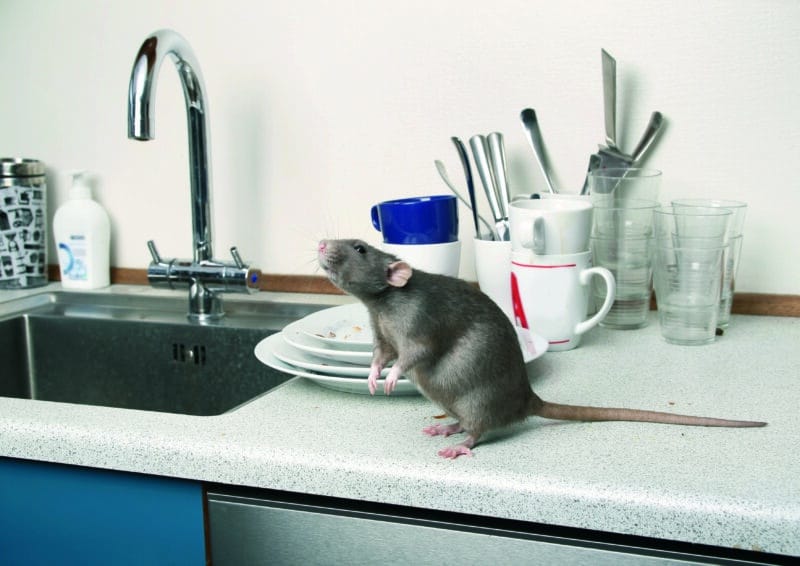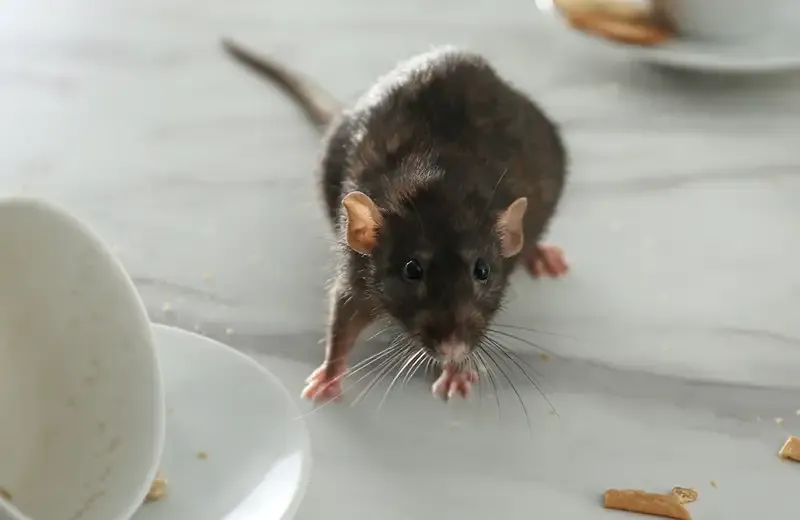Using Smart Technology for Pest Management: How It Works
Share
Using Smart Technology for Pest Management: How It Works
In today's rapidly advancing world, the integration of smart technology into our everyday lives is undeniable. From smartphones to smart homes, technology has become a pivotal part of our daily routines. One area where technology is creating remarkable innovations is in pest management. The concept of using smart technology for pest management is not only fascinating but also highly practical. As pests continue to be a nuisance impacting homes, crops, and businesses, smart solutions offer a promising alternative to traditional methods of control.

The Rise of Smart Pest Management Solutions
The term 'smart technology' often denotes devices and systems that utilize AI, IoT, and data analytics to automate and optimize tasks. In the realm of pest management, smart technology introduces innovative solutions such as automated traps, sensors, and drones. These devices monitor, report, and sometimes even act on pest activities without human intervention. This not only improves efficiency but also reduces chemical usage and minimizes human interaction with potentially harmful pests.
How Smart Technology is Revolutionizing Pest Control
1. Automated Monitoring Systems
These systems typically comprise sensors and cameras connected through a network, capable of detecting pest activity in real-time. For instance, smart mousetraps can alert homeowners through an app when the trap has been activated, allowing for prompt disposal and reset. Such innovations minimize the reliance on pest control companies for routine monitoring.
2. Drones and Aerial Surveillance
Drones equipped with cameras and specialized sensors can survey large agricultural lands for potential pest infestations. These drones can identify areas infected by pests and even disperse natural pesticides through controlled, targeted applications. For a deeper understanding of natural pest repellents, visit our article on repelling hornets.
3. IoT-Enabled Smart Traps
The Internet of Things (IoT) extends its capabilities to pest control through network-enabled traps that can communicate with your smart devices. These traps provide data on pest types, times of activity, and catch rates, allowing for tailored pest management strategies. You can explore our guide on safely removing pests from your home.
The Impact on Home and Business Management
Implementing smart technology in pest management offers various benefits both on a personal and commercial level. For households, it means a safer and more efficient way to handle pest issues without waiting weeks for pest control services. Businesses, particularly in food and hospitality sectors, can maintain high standards of hygiene and safety through continuous pest surveillance and control. These technologies align well with ongoing pest prevention strategies in both urban and rural settings, more of which you can read about in our article on pest prevention for rural homes.
Challenges and Considerations
While the integration of smart technology brings numerous advantages, it is not without challenges. The initial costs of these technologies may be high, and there is a learning curve associated with their setup and operation. Privacy concerns are another aspect that users may need to consider, especially with devices that require network connectivity and data tracking.
Moreover, consumer education on what attracts pests to their homes can complement technological solutions effectively. Nonetheless, the potential benefits in efficiency, effectiveness, and eco-friendliness make smart technology a worthwhile investment for modern pest management.

Future Prospects of Smart Pest Management
The future of pest management looks promising as technological advancements continue to unfold. The integration of AI for predictive analytics offers to anticipate pest outbreaks and take preventive measures before they become an issue. Moreover, using blockchain in these technologies could ensure data transparency and security when tracking pest control activities, adding another layer of trust for users. For a take on up-to-date pest control tips, check our external resources such as the EPA's safe pest control guidelines.
FAQ Section
Is smart pest control cost-effective?
While the initial investment can be higher than traditional methods, the long-term savings in reduced chemical use and less frequent need for service calls often prove cost-effective.
Can smart technology handle all types of pests?
Currently, most smart systems are optimized for common pests like rodents and insects. However, advances continue to expand their capabilities to a wider range of pests.
Are there any privacy concerns with smart pest management systems?
Some systems require connectivity and data reporting, which might raise privacy concerns. It's advisable to understand the data policies of the service provider before installation.
This article contains affiliate links. We may earn a commission at no extra cost to you.
